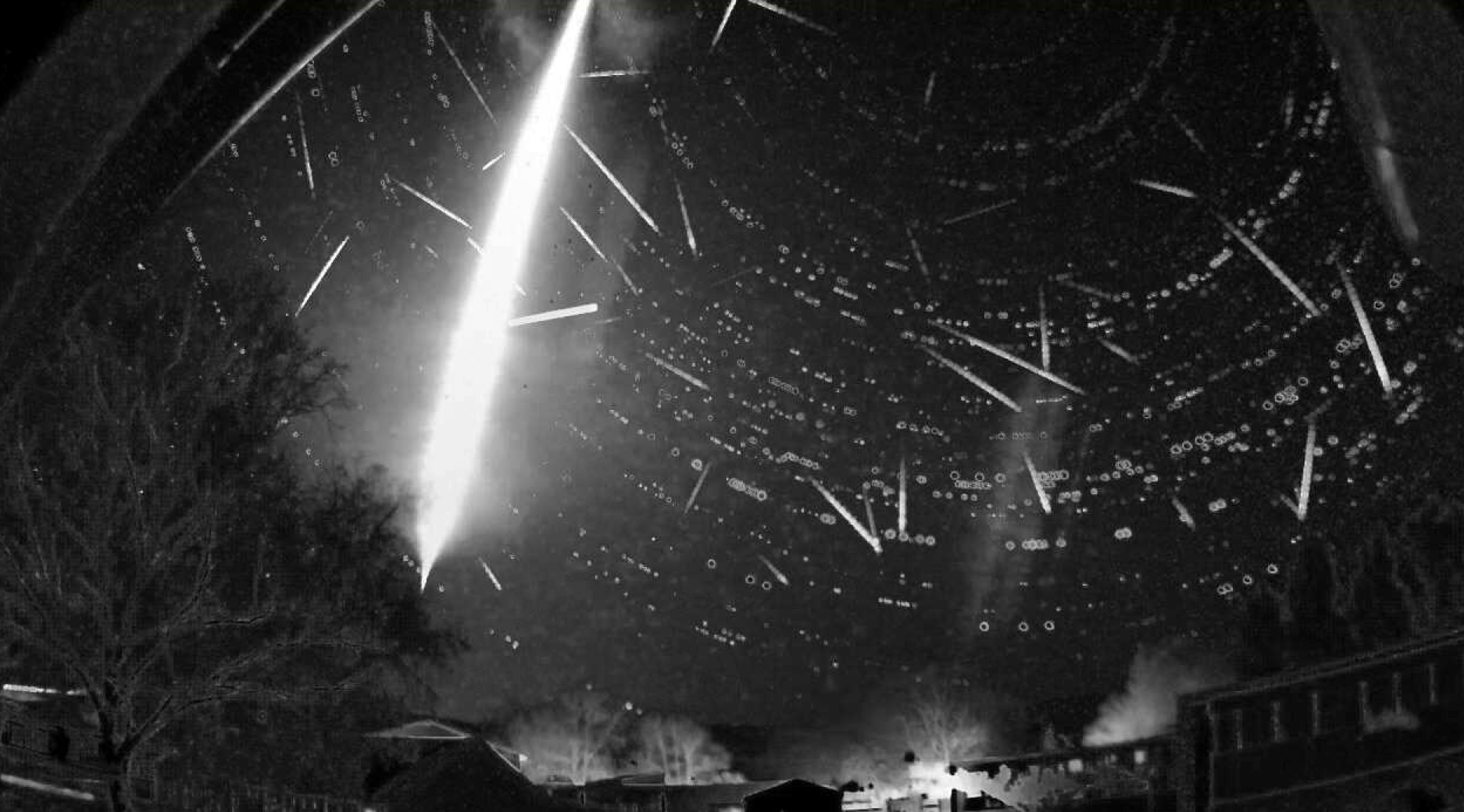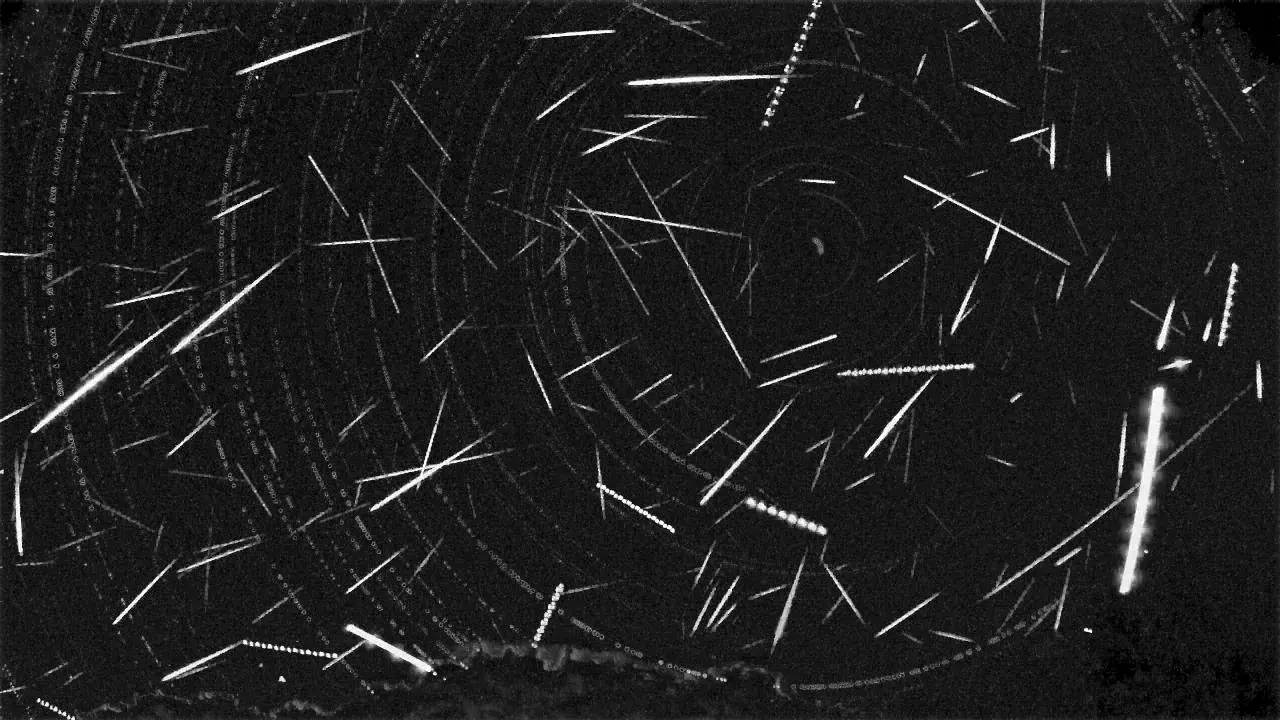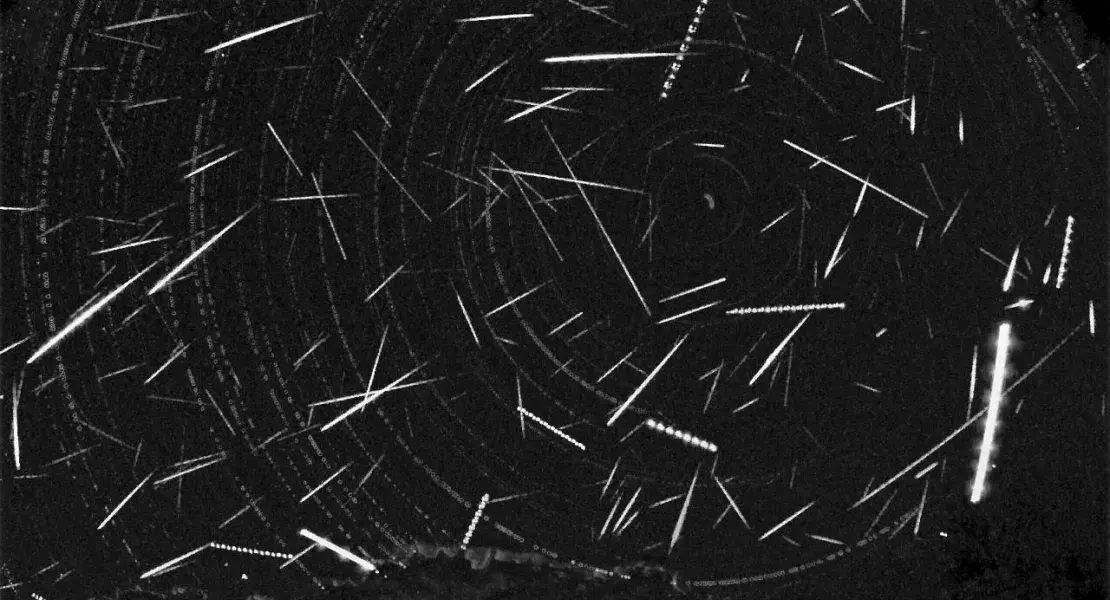A bout meteors (falling stars) and a list of meteor showers, with dates.
On Møn you can see meteors (shooting stars) all year, as long as the weather is clear without moonlight. But there are times when there are especially many meteors.
Bring a sleeping mat, lie down, relax and look up. If you stand up, your neck easily starts being painful, and you won't enjoy it very much.
We have installed a meteor camera on Møn, which is part of a large network of cameras.
A meteor shower occurs when Earth passes through a stream of dust and debris left behind by a comet or asteroid. This results in many meteors appearing to come from the same part of the sky, which is known as a radiant and is named after the constellation that coincides with that area. There are more than 500 meteor showers known, although many remain poorly documented.
A fireball is a particularly bright meteor. It is bright because it reaches low elevation. Most fireballs are fragments of asteroids or comets. Asteroids tend to be traveling significantly slower than comets and have orbital trajectories within the inner Solar System.
This fireball is probably a small fragment of a comet. The upside down mushroom shape is characteristic. Comets tend to explode at around 50 km in elevation.

This image is a stacked night-long image, shows the path of a very bright fireball from 90 km to 16 km elevation.

This fireball is probably a small fragment of a comet. The upside down mushroom shape is characteristic. Comets tend to explode at ~ 50 km elevation.
A meteorite is a rock that survives the fireball passage and lands on Earth. These tend to have a very thin dark fusion crust that is made of quenched glass. A critical point is that interior of a meteorite is commonly quite distinct.
Not all meteors survive; meteorites are estimated lose 70 to 100% of their mass within the atmosphere. Meteorites are known to come from some asteroids, the Moon, and Mars. There are examples at the National History Museum in Copenhagen.
List of Meteor Showers
Bootides 28. december – 12. januar
Lyrids 16. april –30. april
Eta-Aquarids 19. april – 28. maj
Alpha-Capricornids 3. juli –15. august
Delta-Aquarids 12. juli – 23. august
Persids 17. juli – 24. august
Orionids 2. oktober –7. november
Taurids 20. oktober –10. december
Leonids 6. november – 30. november
Geminids 4. december – 20.december
Ursids 17. december –26.december
Shower | Time | Parent object |
early January | The same as the parent object of minor planet 2003 EH1,[28] and Comet C/1490 Y1.[29][30] Comet C/1385 U1 has also been studied as a possible source.[31] | |
late April | Comet Thatcher | |
Pi Puppids (periodic) | late April | Comet 26P/Grigg–Skjellerup |
early May | Comet 1P/Halley | |
mid-June | Comet 96P/Machholz, Marsden and Kracht comet groups complex[1][32] | |
late June | Comet 2P/Encke | |
June Bootids (periodic) | late June | Comet 7P/Pons-Winnecke |
late July | Comet 96P/Machholz, Marsden and Kracht comet groups complex[1][32] | |
late July | Comet 169P/NEAT[33] | |
mid-August | Comet 109P/Swift-Tuttle | |
mid-August | Minor planet 2008 ED69[34] | |
Aurigids (periodic) | early September | Comet C/1911 N1 (Kiess)[35] |
Draconids (periodic) | early October | Comet 21P/Giacobini-Zinner |
late October | Comet 1P/Halley | |
early November | Comet 2P/Encke | |
mid-November | Minor planet 2004 TG10 and others[1][36] | |
Andromedids (periodic) | mid-November | Comet 3D/Biela[37] |
Alpha Monocerotids (periodic) | mid-November | unknown[38] |
mid-November | Comet 55P/Tempel-Tuttle | |
Phoenicids (periodic) | early December | Comet 289P/Blanpain[39] |
mid-December | Minor planet 3200 Phaethon[40] | |
late December | Comet 8P/Tuttle[41] |


